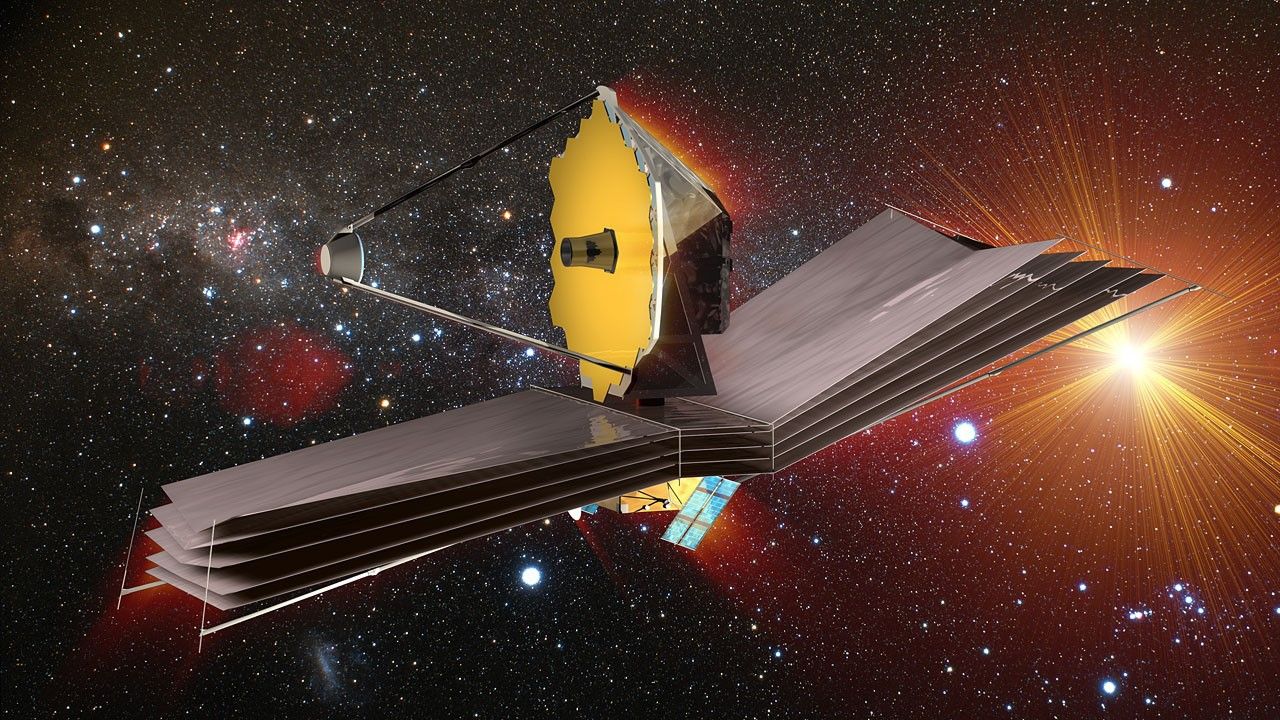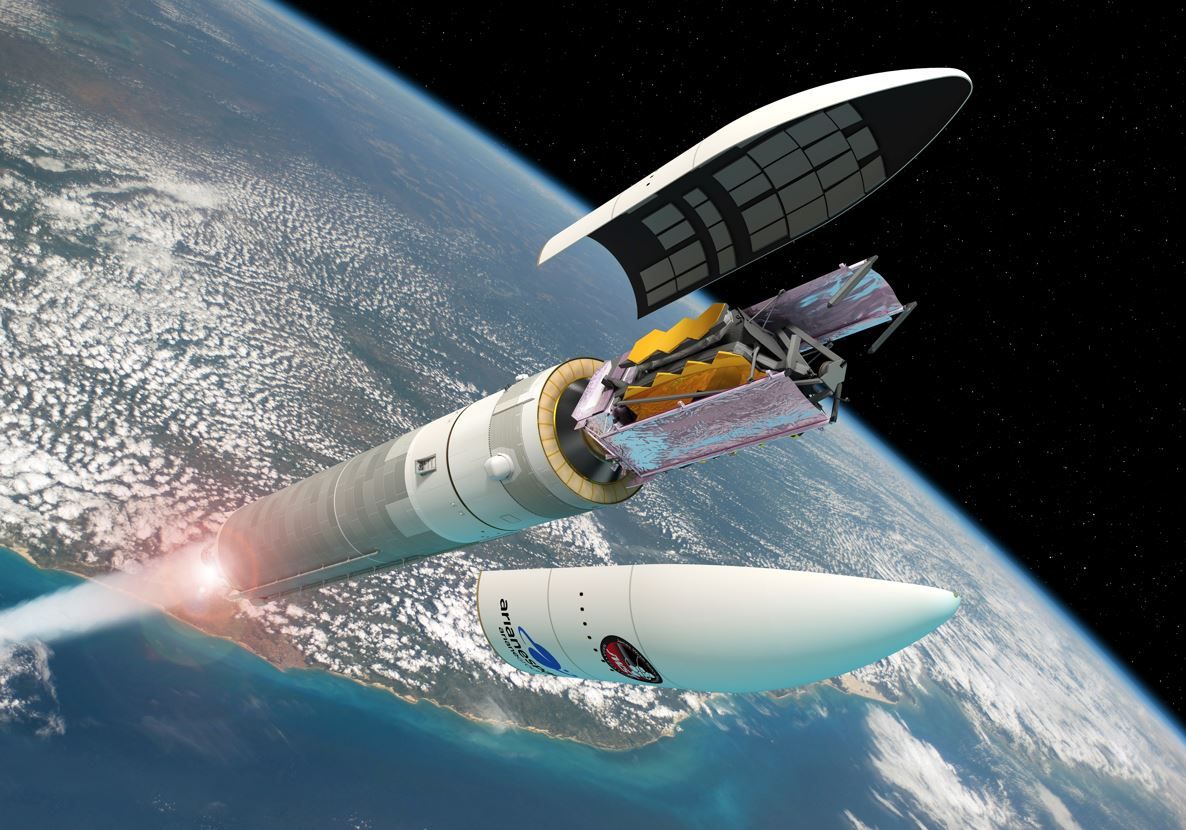The astronomers’ long-awaited new space observatory, the James Webb space telescope, will be launched on 22 December as the successor to Hubble, on an Ariane 5 rocket from the Kourou space center in French Guiana. The project is a joint development led by NASA and carried out with the European Space Agency (ESA) and the Canadian Space Agency (CSA) to help researchers answer the big questions about our cosmic origins. The launch will be live-streamed also by the Svábhegyi Observatory in Budapest!
Just as was true of Hubble, the James Webb telescope promises to make groundbreaking discoveries in almost every field of astronomy. With the largest and most sensitive optical space telescope ever built by NASA, researchers hope to map the long history of the Universe: the evolutionary stages following the Big Bang. They will also study the formation of nearby stars and the planetary systems around them, as well as exoplanets that could support life.
Astronomers worldwide can apply for valuable research time on the space telescope. The good news is that researchers working in the European Space Agency’s member countries, including Hungary, can get at least 15% of the total telescope time available. This is how Péter Ábrahám and other researchers from the Research Centre for Astronomy and Earth Sciences will use the telescope to study the effects of the eruptions of the young star EX Lupi on the disk around the star.
The Svábhegy Observatory will be hosting an all-night online program about the James Webb Space Telescope on 12 December, but on 22 December, you can also follow the launch live.

Source: Press Release

The colors of health—regional restaurants and cafés with superfood on the menu | TOP 5

Human nature is wired to respond to short-term problems | Interview with Dario Soto-Abril on water management










